Mining Giants Embrace Renewables, But Decarbonization Remains a Steep Climb
GreenTechMedia
FEBRUARY 24, 2020
The solar plant is expected to cover all of the mine’s electric power needs during peak solar generation hours, and 65 percent of its overall electricity consumption. Cutting mining’s carbon footprint to zero is complicated by the fact that electricity use only accounts for around 40 percent of direct emissions.





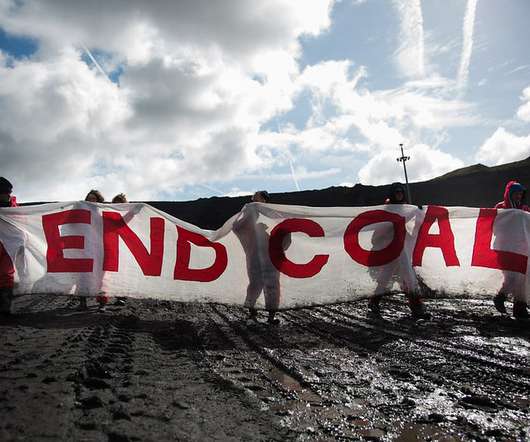
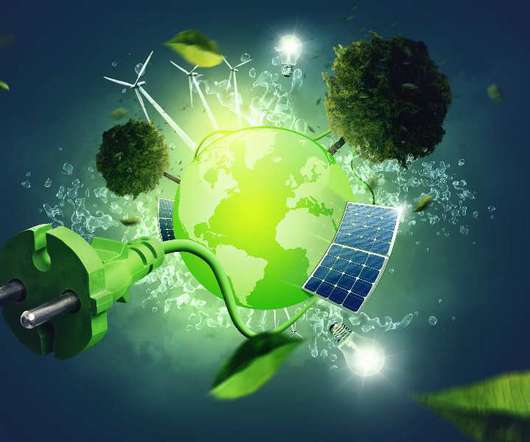
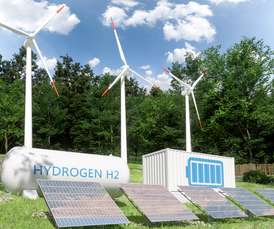
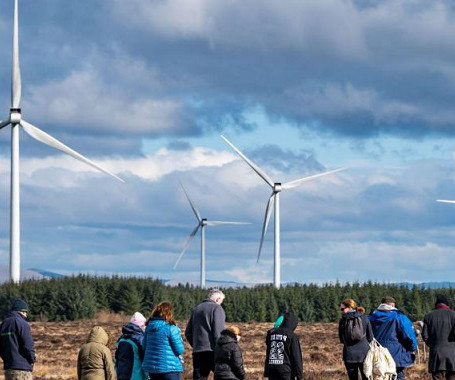

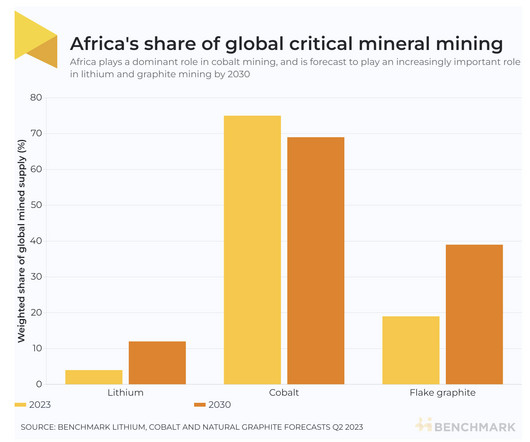








Let's personalize your content